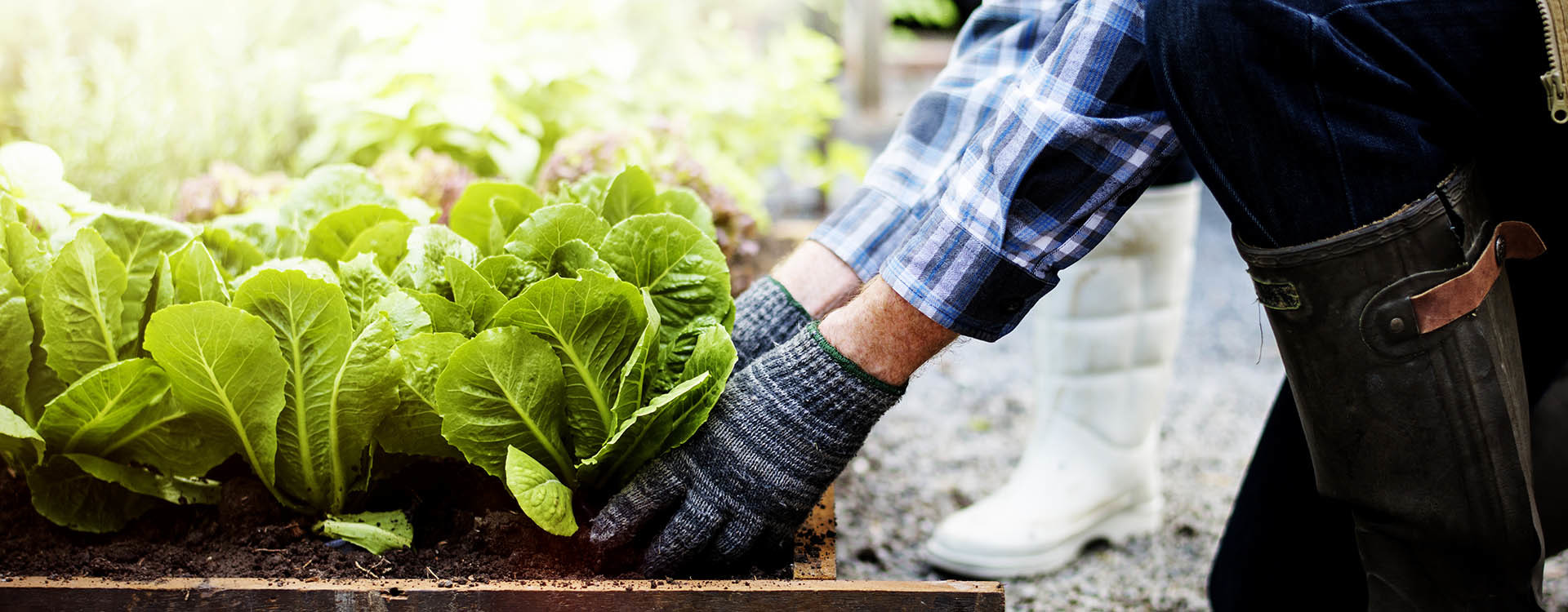How City Blooming can Save You Time, Stress, and Money.
How City Blooming can Save You Time, Stress, and Money.
Blog Article
Excitement About City Blooming
Table of ContentsThe Best Strategy To Use For City BloomingThe Ultimate Guide To City BloomingIndicators on City Blooming You Need To KnowCity Blooming - An OverviewThe Basic Principles Of City Blooming
Fascinated in growing food for sale in the City of Chicago? Below is a checklist of regularly asked questions regarding the regulations and guidelines that farmers should consider when planning a city farming task.
The zoning modification does not modify any other codes handling composting, building authorizations, buying or leasing City owned building, organization licenses or environmental contamination. There are existing codes that manage these issues and they stay completely result and may apply to your project. Neighborhood yards are usually possessed or handled by public entities, public companies or community-based organizations and maintained by volunteers.
Urban farms grow food that is intended to be offered, either on a not-for-profit or for-profit basis. As a result of their business objective, urban farms require an organization permit. Yes. A community garden is enabled to sell surplus create that was expanded on website if the sales are accessory or subservient to the garden's main objective defined above.
Things about City Blooming
The amount of garden compost material can not go beyond 25 cubic yards at any given time according to the requirements in 7-28-715 of the City's Municipal Code. Because the soil at many new garden websites requires amending, compost, soil, timber chips, or other products can be obtained to build or boost the expanding room.

If a structure license is needed then the hoophouse will be thought about an accessory structure. You can locate out more regarding the building authorization demands by getting in touch with the Division of Structures. The 25,000-square-foot size restriction is planned to avoid a single neighborhood yard from controling a provided block or interfering with the block's existing property or industrial personality.
The limitation does not apply to gardens found in Public Open Room (POS) districts. Can there be even more than one area yard that is 25,000 square feet on a single block? Fence is not called for, however, gardens that have huge car parking areas might be required to mount fence or various other landscape design attributes.
The Best Strategy To Use For City Blooming
B1 & B2 districts require that all commercial use tasks be performed inside. R areas limit business task. The regulations reflect the function and intent of the Zoning Code. Is secure fencing required for urban farms? Yes. Fences might be required, in addition to landscaping and testing, for sure parking lot and outside work or storage areas depending upon area and the specific task occurring.
Urban farms call for building licenses and zoning approvals prior to building (home and garden). Other kinds of city evaluation might be required depending on details structures, activities, size, landscaping, licensing, public heath and stormwater administration issues.
The Division of Company Matters and Consumer Protection can aid identify the specific kind of service permit that's required. Off street vehicle parking is needed for the majority of commercial jobs in Chicago. The called for number of parking rooms is based on the number of staff members functioning on website and discover this not the square video footage of the growing space.
Some Known Questions About City Blooming.

A city farm can market garden compost product produced on site, however, the operation must comply with the policies in 7-28-715 of the Chicago Municipal Code. Aquaponic systems are allowed inside your home on urban ranches in numerous zoning areas.
Approximately five hives or swarms of honey might be maintained as an accessory use. Nevertheless, beekeepers need to register with the Illinois Department of Agriculture. For additional information concerning the recommended zoning amendment you may speak to the Department of Housing and Economic Advancement, Bureau of Preparation and Zoning at 312.744.8563.
Farming in cities and city locations An urban ranch in Chicago. Urban agriculture describes different practices of cultivating. https://ameblo.jp/cityblooming/entry-12857756993.html, processing, and distributing food in urban areas. The term also relates to the area tasks of animal husbandry, aquaculture, beekeeping, and gardening in a metropolitan context. Urban farming is identified from peri-urban farming, which takes place in country areas at the edge of suburbs.
Some Known Details About City Blooming
, that seek to form social networks established on a shared principles of nature and area holism. These networks can establish by way of official institutional assistance, coming to be incorporated into regional town planning as a "shift community" movement for lasting metropolitan growth.
Some of the initial proof of city farming comes from Mesopotamia.
Report this page